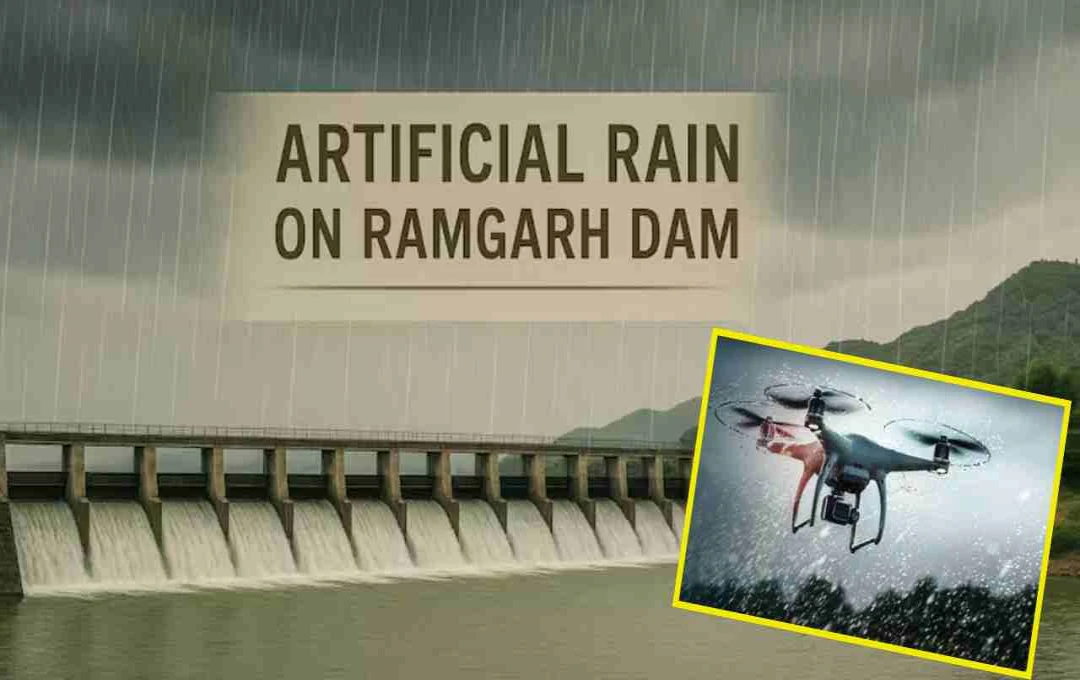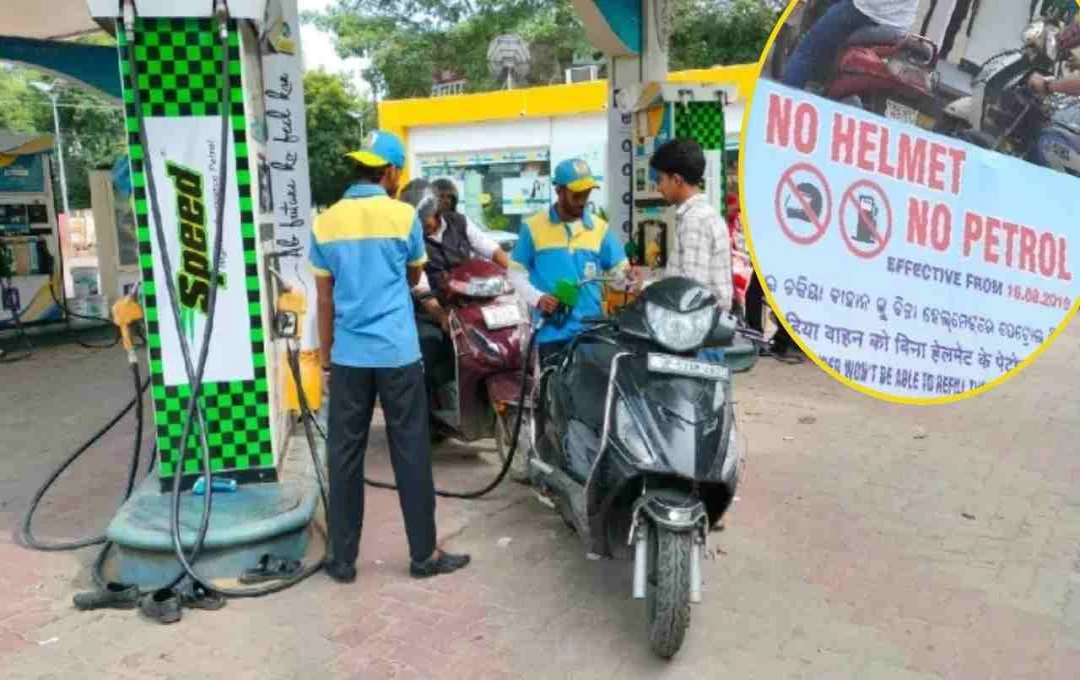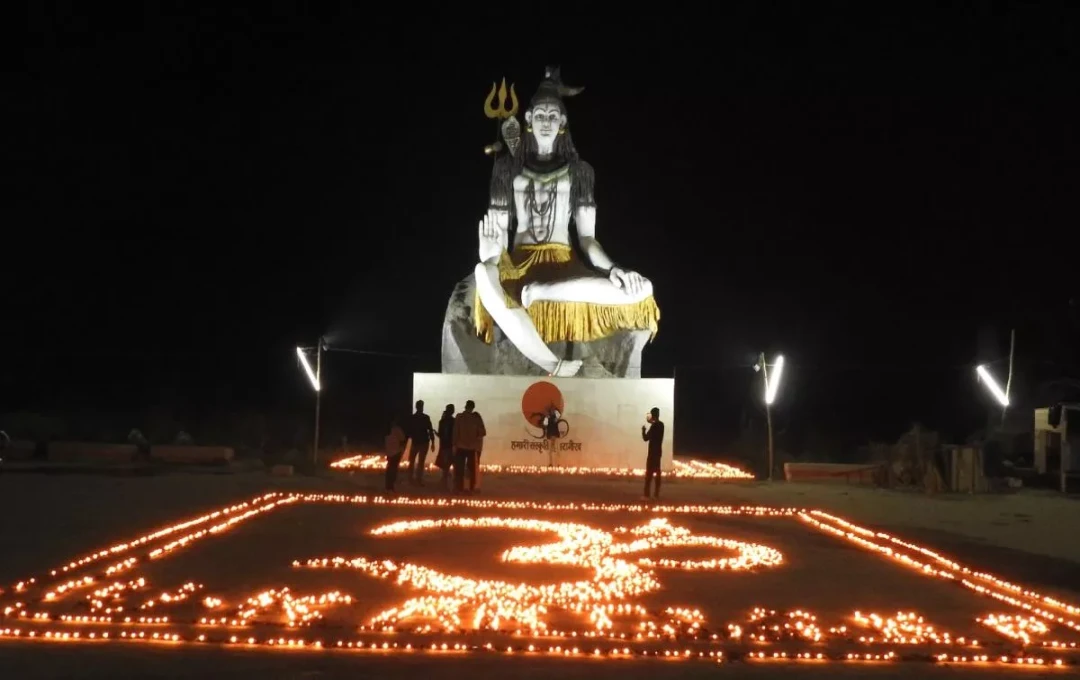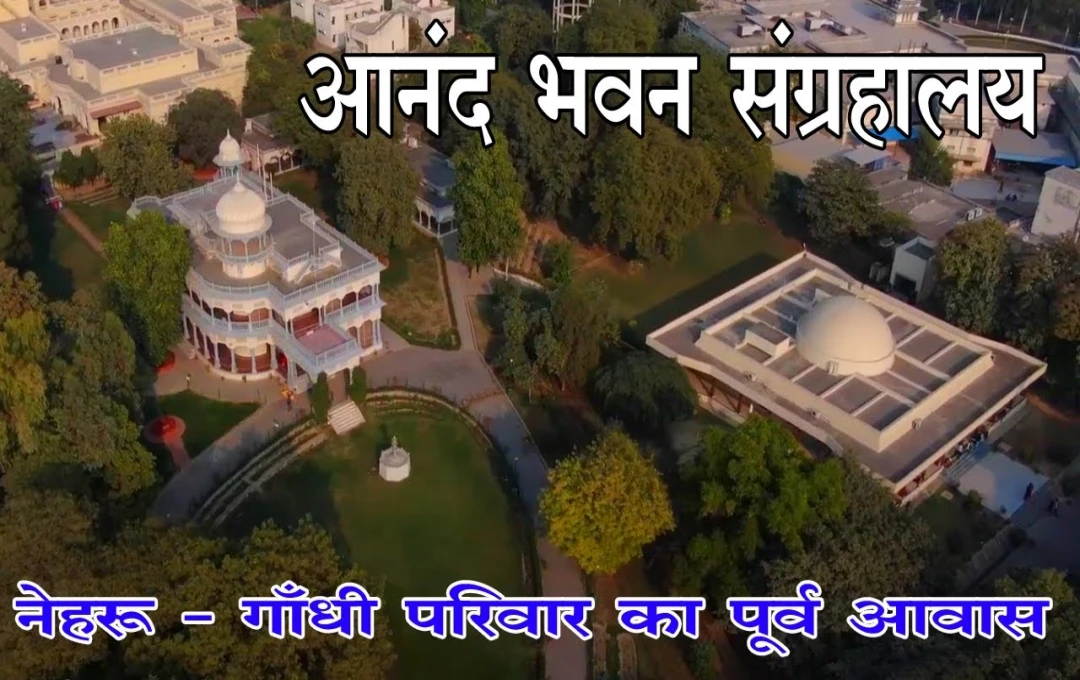India's first artificial rain experiment is set to take place at the Ramgarh Dam in Rajasthan. Preparations for this are underway. State Minister Kirodi Lal Meena, in the Bhajanlal Sharma government of Rajasthan, has announced that the first artificial rain will be conducted in Rajasthan, made possible with the help of drone technology.
Artificial Rain in Rajasthan: Rajasthan is now poised to create history in the field of meteorology and technological innovation. The country's first artificial rain project is set to begin in Rajasthan, starting from the Ramgarh Dam near Jaipur. This historic experiment will be conducted with the help of drone technology, with collaboration from scientists from the United States and South Korea.
What is Artificial Rain?
Artificial rain, or cloud seeding, is a scientific process in which the structure of clouds is altered to induce rainfall. This involves spraying chemical elements like sodium chloride or silver iodide. These particles enter the clouds and aid in the formation of water droplets, leading to precipitation.
Ramgarh Dam Becomes the Site for the First Artificial Rain Experiment
The state government of Rajasthan has taken a major initiative to address the water crisis. State Minister Kirodi Lal Meena informed that artificial rain will be induced via drones for the first time in the country, and Ramgarh Dam has been finalized for this purpose. According to the minister, there was an initial plan to conduct this experiment near Jal Mahal, but it was changed based on the advice of scientists.

Ramgarh Dam was chosen considering its water-holding capacity. This experiment will potentially be carried out using advanced high-altitude drones procured from South Korea.
Significant Role of American Scientists
American scientists have also played a major role in this project. Minister Kirodi Lal Meena stated that scientists from the United States came to Rajasthan to understand the entire process, and they jointly planned it with Indian experts. Officials from the Environment Department, Water Resources Department, and the India Meteorological Department (IMD) also participated in this.
All necessary No Objection Certificates (NOCs) have been received from the state government. Now, only the final approval from the Ministry of Civil Aviation, Government of India, is pending. As soon as approval is received from the central government, this historic experiment will be initiated.
Why is this Initiative Special?
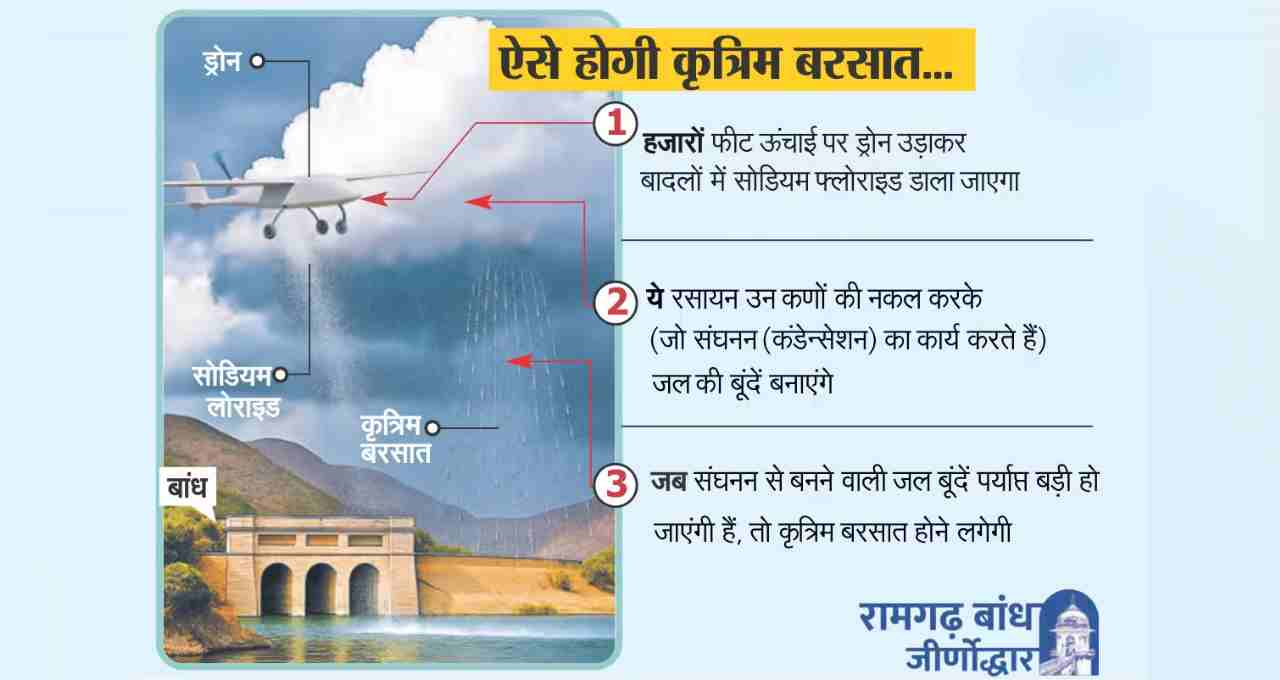
- A Boon for Water-Scarce Rajasthan: If this experiment is successful, it could become a major solution for arid and semi-arid regions like Rajasthan in the future.
- Leading Step in Technological Innovation: India will move towards a new direction technologically, which could prove to be a game-changer for the future.
- Low Impact on the Environment: Cloud seeding is done in a controlled manner, which minimizes its impact on the environment.
Scientists say that it is difficult to predict the amount of water that will fall from artificial rain. It depends on several factors such as the current weather conditions, cloud density, and temperature. However, the possibility of excessive rainfall cannot be ruled out, which is why a safe location like Ramgarh Dam has been selected.
